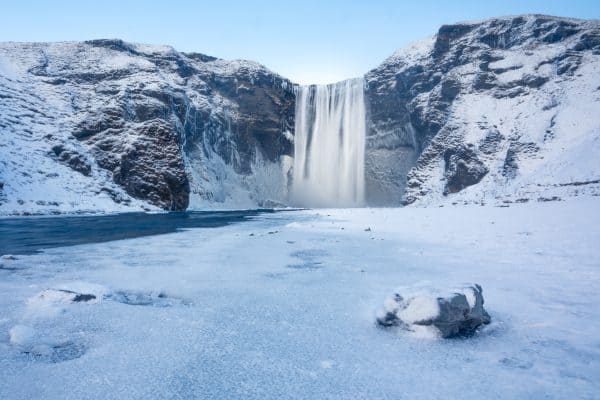Properly storing food is essential for maintaining the food's quality, taste, and nutritional value. It also helps prevent food waste and saves money by allowing food to last longer.
The benefits of freezing food
Freezing food is a convenient and cost-effective way to store it for long periods of time. It also allows you to buy food in bulk and store it for future use.
Frozen food also makes meal planning easier and provides a wider variety of options for home-cooked meals.
Additionally, freezing fruits and vegetables when they are in season preserves them for use year-round so that you can enjoy them out of season as well.
NOTE: WE MAY GET A COMMISSION IF YOU DECIDE TO MAKE A PURCHASE THROUGH THESE LINKS. THERE'S ADDITIONAL NO COST TO YOU. CHECK THE BOTTOM OF THE PAGE FOR MORE INFORMATION.

Preparing Food for the Freezer
Okay, so you're ready to stock up on some frozen goodies. Before filling up your freezer, you should know a few things to ensure your food stays fresh and delicious.
Cooling food before freezing
First, when you're storing hot food, let it cool down before putting it in the freezer. It's tempting to just toss it in there right away, but trust me, this is a no-no.
Hot food can raise the temperature inside your freezer, which can affect the safety and quality of all the other foods you have stored there. So, either let it sit on the counter for a bit or stick it in the refrigerator or an ice bath.
Just make sure you seal it in an airtight container first!
Proper packaging for freezing
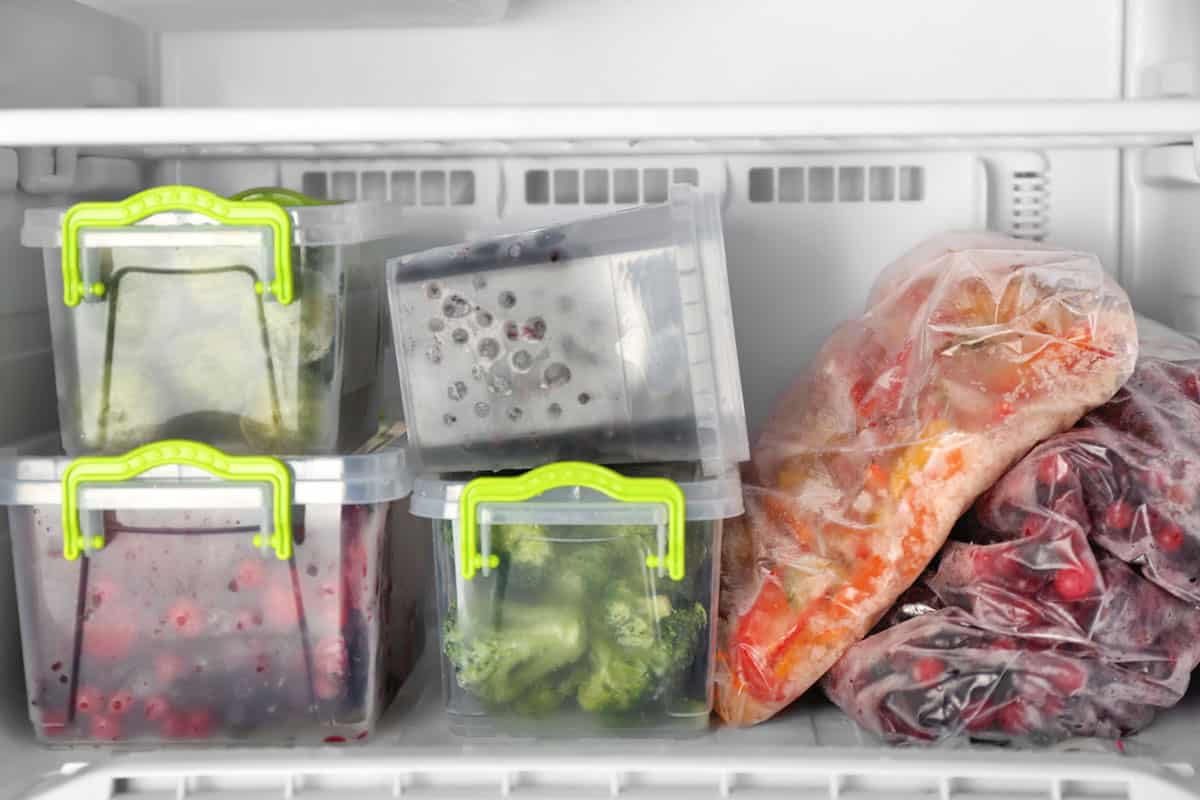
Next, let's talk packaging. Proper packaging is key to keeping the air out and preventing freezer burn.
Reach for airtight containers or freezer bags, and avoid using plastic wrap - it's just not as reliable.
Also, leave some headspace in containers so the food has room to expand when it freezes. And, if you're using freezer bags, make sure to squeeze out as much air as possible before sealing them.
Labeling and dating food
Lastly, labeling and dating. This is crucial to keep track of the storage life and rotation of the food.
Use a permanent marker and label the package with the name of the food and the date it was frozen. This way, you'll know when it was put in there and use the oldest package first.
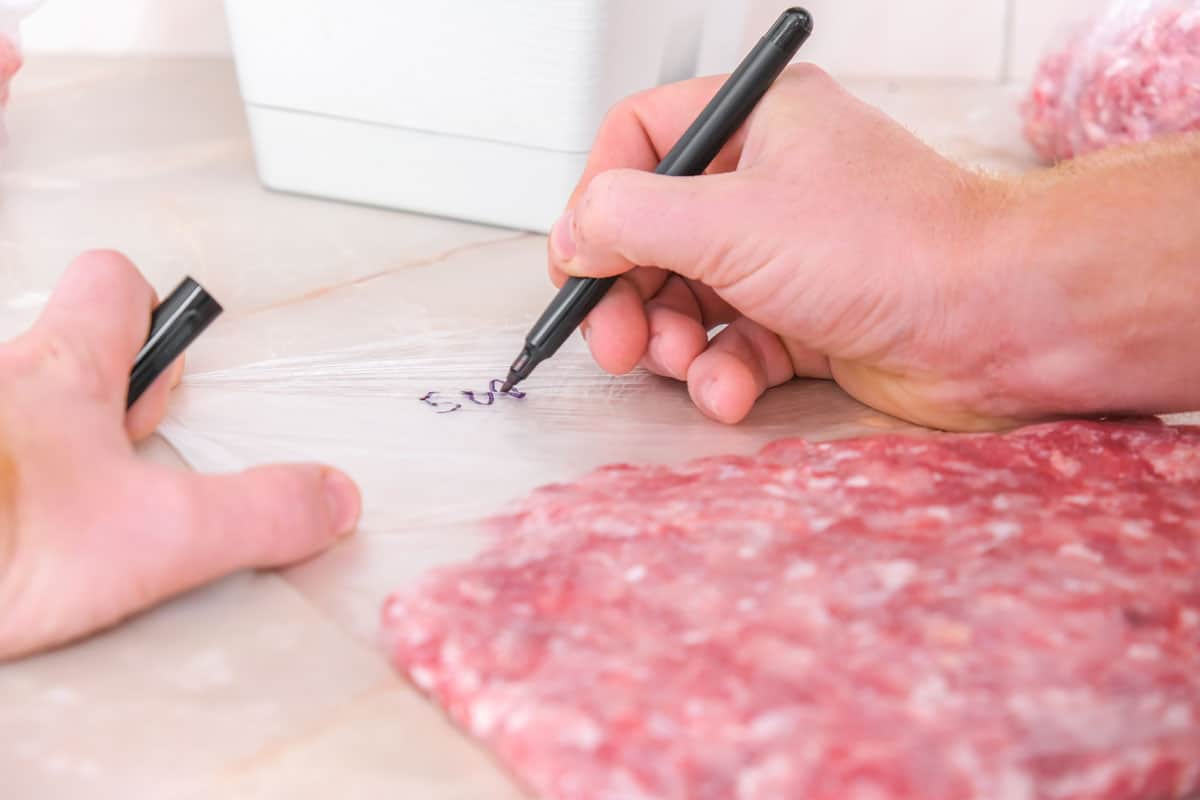
Storing Food in the Freezer
So you've cooled down your food, properly packaged it, and labeled it. Now it's time to put it all away in the freezer.
But where do you start? Don't worry. We've got you covered!
Organizing the freezer for maximum efficiency
First things first, keep your freezer organized. You should group similar items together, like meats in one area, fruits in another, etc.
Grouping items makes it easy to find what you're looking for and prevents squishing the bread that's hiding behind that giant bag of frozen berries.
And speaking of berries, it's also a good idea to use a container or plastic bag to keep them separated and prevent them from sticking together.
Proper storage of specific types of frozen food
Let's elaborate a little about some food you might end up storing in your freezer.
Storing frozen Meats, Poultry, and Fish

Meats, poultry, and fish can be stored in the freezer for several months, but it's essential to wrap them tightly in airtight packaging before freezing. This will prevent air from reaching the food and causing freezer burn.
Additionally, storing meats, poultry, and fish in the coldest part of the freezer, typically the back or bottom, will help preserve their quality.
When storing meats, poultry, and fish in the freezer, it's important to use them within a specific time frame for the best quality.
Meats and poultry can be stored for 4-12 months, while fish is best used within 2-6 months. It's also essential to thaw these foods properly before cooking.
The safest way to thaw meat, poultry, and fish is in the refrigerator or in cold water. Avoid thawing them at room temperature, as this can promote bacteria growth and make the food unsafe to eat.
In short, properly packaging and storing meats, poultry, and fish in the freezer will help preserve their quality and allow you to enjoy them for several months.
And remember, as with any food storage, safety should always be your top priority. Make sure you're aware of expiry dates and handle the food properly to avoid contamination.
Freezing and storing fruit and veggies
While many fruits and vegetables can be successfully frozen, some do not hold up well during the freezing process and may become mushy or lose their flavor.
Properly storing frozen fruits and vegetables is crucial to maintain their quality and texture. When storing frozen fruits and vegetables, it's best to use airtight containers or bags to prevent air from reaching the food and causing freezer burn.
Before storing them, it's a good idea to blanch them first. This process helps preserve their color, flavor, and texture, and it's also a good way to kill bacteria and parasites that might be present in fruits and vegetables. Also, ensure they are dry and clean before freezing, so any excess moisture can be removed.
Are you looking to freeze fruits and vegetables? Consider blanching them first to preserve their color, flavor, and texture. And make sure to read our guide about freezing vegetables without blanching them first. Yes, that is, in fact, possible!
Best temperatures for storing different types of food
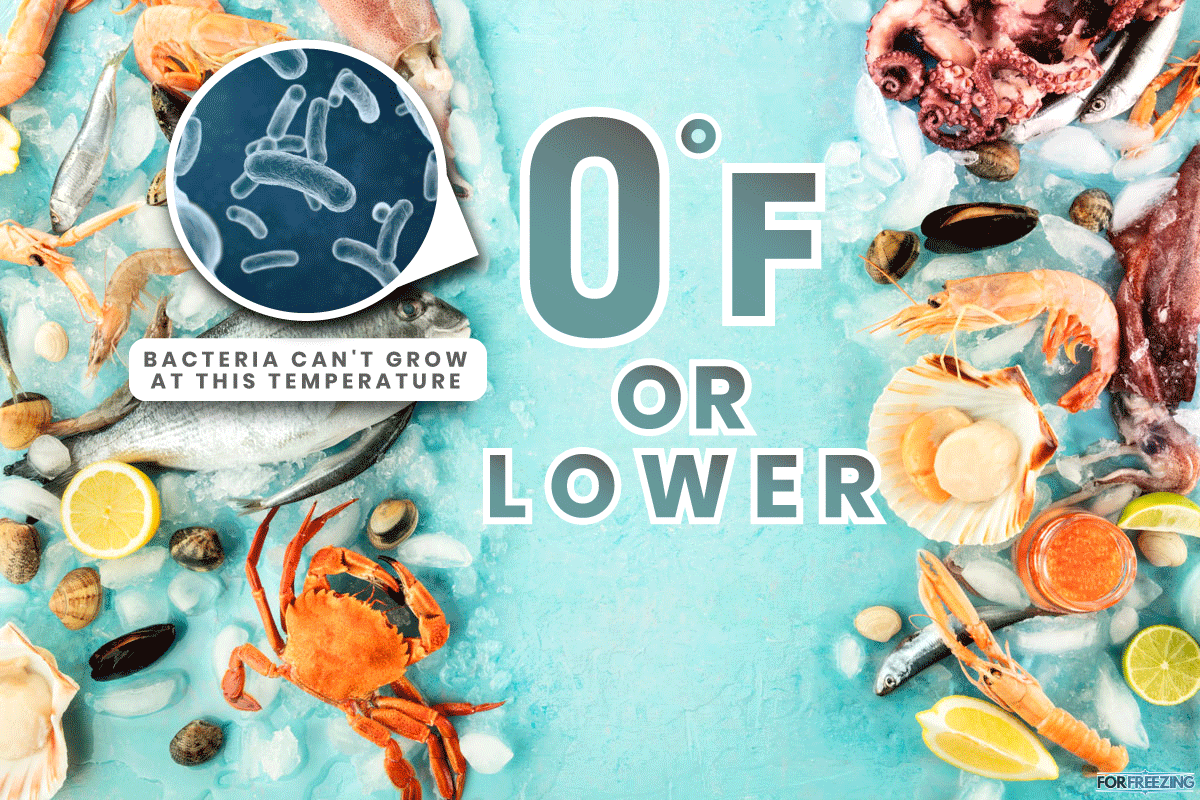
The ideal temperature for storing most frozen foods is 0°F (-18°C) or lower. This is the temperature that will ensure that bacteria are not able to grow and that enzymes are inactive.
This temperature is also the one that will ensure that most foods will retain the best quality for the longest period of time.
According to the United States Department of Agriculture (USDA), to maintain the safety and quality of frozen foods, it is important to store them at a temperature of 0°F or below.
The USDA also recommends that consumers keep their freezers at this temperature or lower and advises against storing food at temperatures above 0°F, as it could lead to bacteria growth and spoilage.
The National Center for Home Food Preservation (NCHFP) also recommends keeping the freezer at or below 0°F, as well as monitoring the temperature regularly with a thermometer.
They also suggest that this temperature range should be upheld to ensure the safe storage of all frozen foods and to prevent thawing and refreezing, which can cause food quality loss.
Special Cases
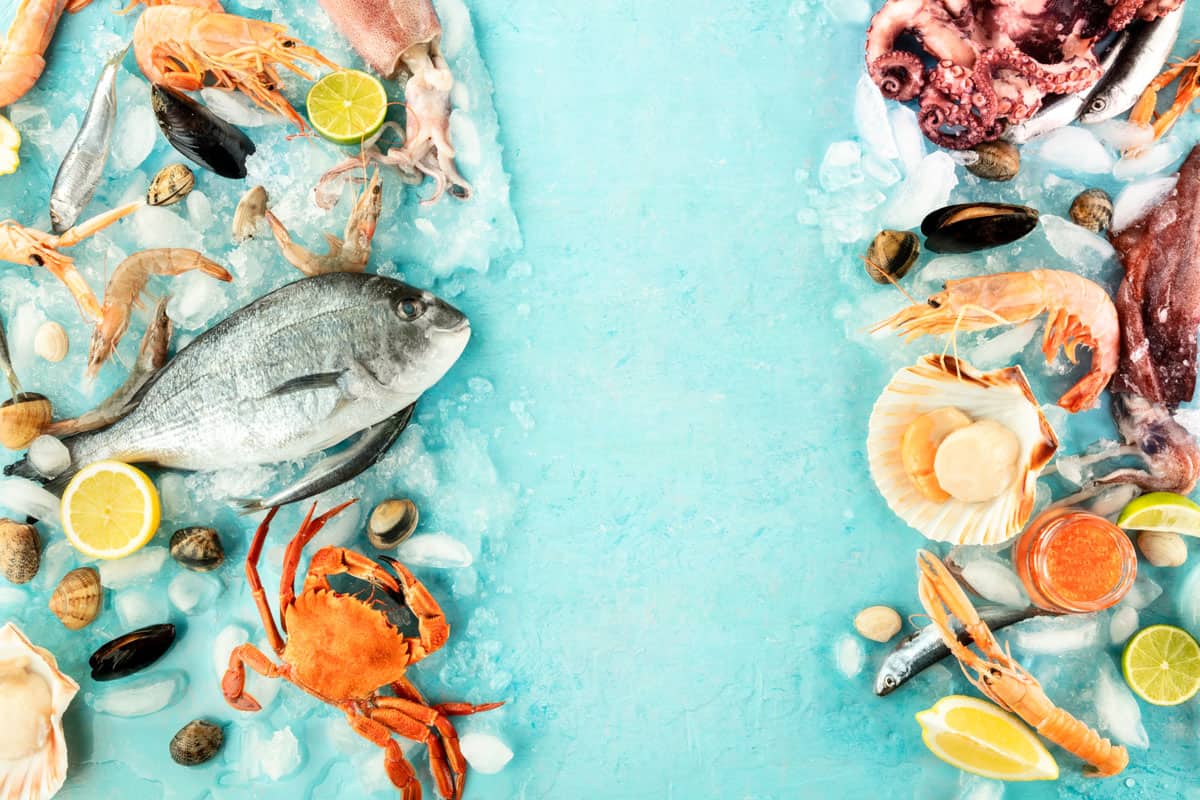
Please note that some foods, such as ice cream with a high sugar content, can be stored at a higher temperature. This is because the sugar content helps to prevent ice crystals from forming, which can affect the texture and taste of the ice cream.
For safety reasons, it's always recommended to follow the manufacturer's instructions for the specific product.
Bonus Tip: Freeze and store food in small batches
Freezing food in small batches is a great way to ensure that the food stays fresh. This way, you can use it quickly and avoid having a lot of wasted food at the back of the freezer.




